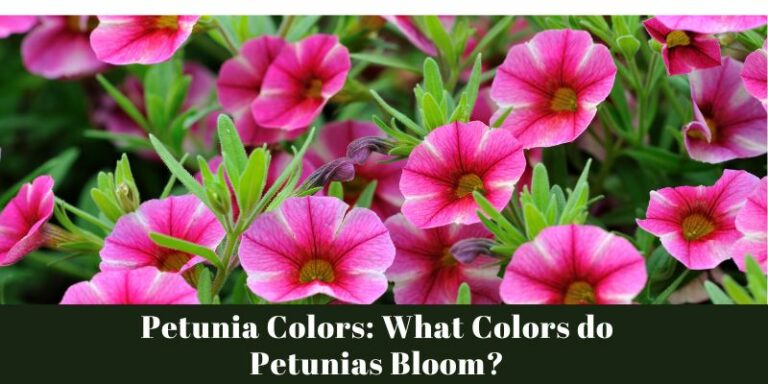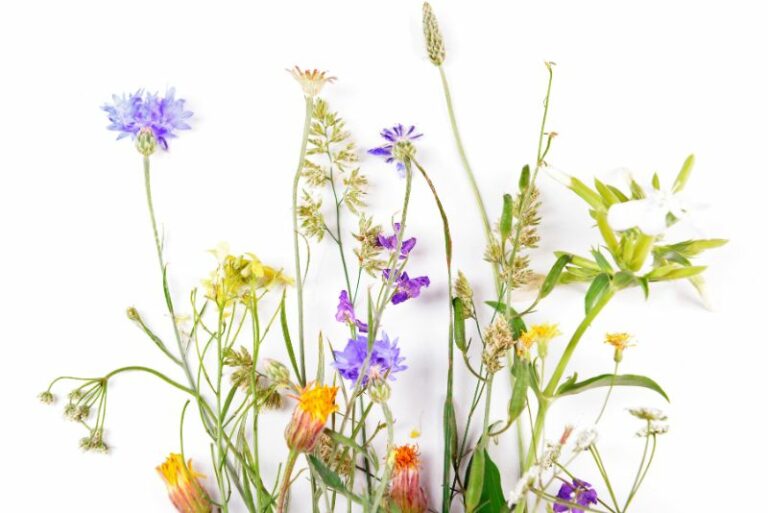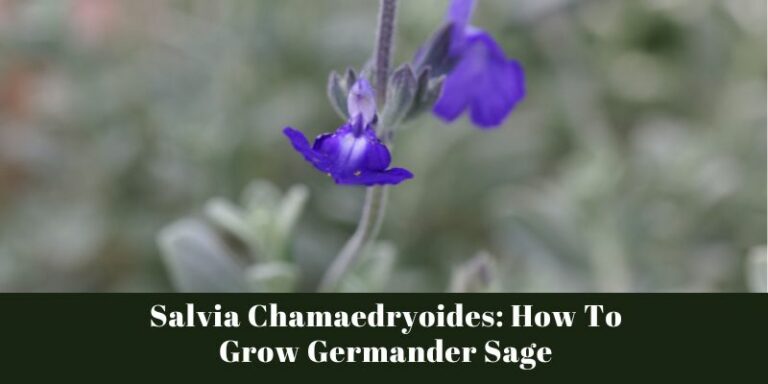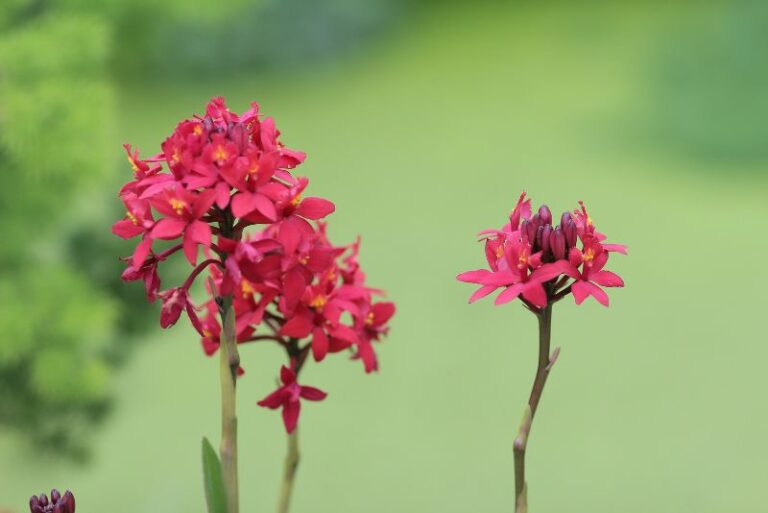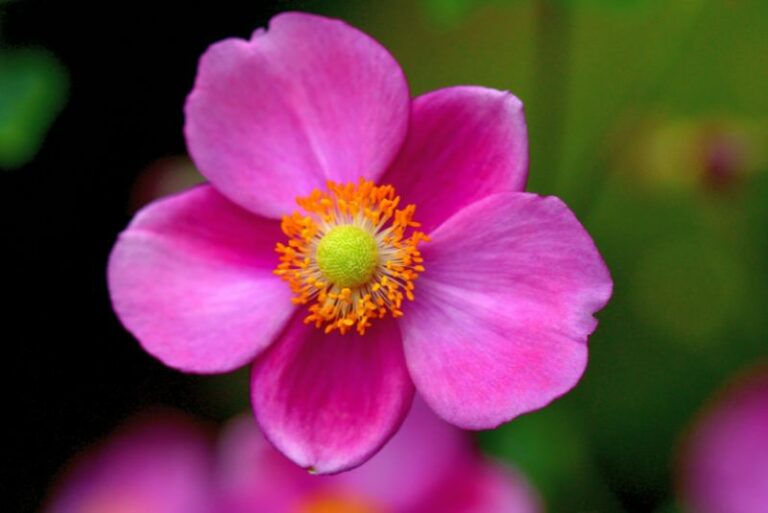The Best Cold-Hardy Lavender Varieties for Cooler Climates
Lavender, with its sweet fragrance and abundant blossoms, is a favorite among gardeners the world over. Its versatility from beauty to culinary to aromatherapy makes it a must-have for many. Yet, for those residing in cooler climates, growing this Mediterranean native can pose challenges—winter frost and chilly temperatures are formidable foes.
Fear not, for there are select lavender cultivars that stand up admirably to the colder seasons, ensuring a fragrant garden even in the brisk climates of the north. In this comprehensive guide, we’ll explore some of the best cold-hardy lavender varieties, share growing tips, and underline the benefits of cultivating these resilient plants.
Understanding Cold-Hardy Lavender

Cold-hardy lavender refers to varieties that can withstand lower temperatures and brief periods of frost without succumbing to damage. For regions that experience cooler winters, these varieties are essential for a successful lavender garden. When selecting cold-hardy lavender, it is crucial to take into account the average low temperatures in your area and the plant’s specific cold tolerance.
Factors to Consider for Cooler Climates
- USDA Hardiness Zones: Different lavender species and cultivars have varying cold tolerance. Understanding which USDA hardiness zones a variety is best suited for is the first step in ensuring winter survival.
- Planting Location: Lavender thrives in full sun and well-drained soil. In cooler climates, choosing the warmest microclimate in your garden, such as a sunny, sheltered spot, can help improve the plant’s chances during winter.
- Watering: Over-watering in the colder, wet seasons can be detrimental. It’s vital to strike the right balance for the soil to stay dry but for the plant to remain hydrated.
Top Cold-Hardy Lavender Varieties
Here are three cold-hardy lavender varieties known for their resilience and adaptability in cooler regions:
Lavandula angustifolia ‘Munstead’

‘Munstead’ is a classic English lavender renowned for its cold and drought tolerance. It remains compact, growing up to 18 inches tall, and boasts a robust fragrance. This variety’s purple flowers bloom early in the season, but ‘Munstead’ is prized for its repeat blooming throughout spring and summer.
Lavandula x intermedia ‘Phenomenal’
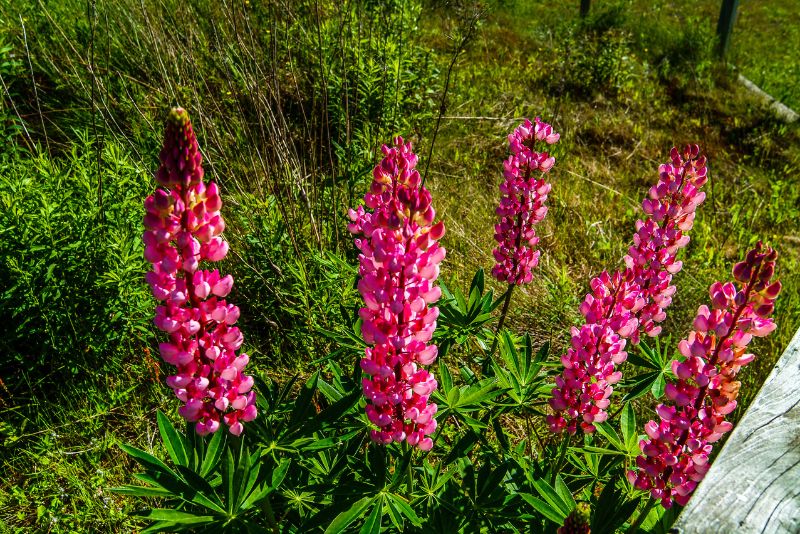
‘Phenomenal’ is a hybrid lavender that can tolerate more humidity and moisture than most plants in the Lavandula genus. With a strikingly tall and upright growth habit, it reaches 24-32 inches in height. This lavender, crowned with plumes of violet-blue flowers, is exceptionally cold-resistant and disease-resistant, making it a top choice for colder North American climates.
Lavandula angustifolia ‘Hidcote’
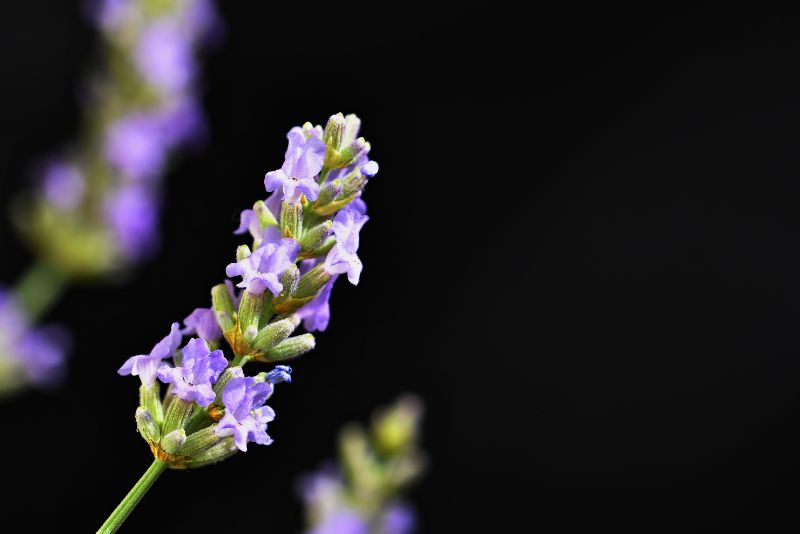
‘Hidcote’ is famed for its deep, vibrant purple flowers and a rich, fruity scent. This low-growing variety, about 12-18 inches in height, is ideal for colder climates, hardy down to USDA Zone 5. It prefers a sunny spot and well-drained soil and requires little maintenance, making it a popular choice for gardeners in cooler regions.
Also Read: Exploring the Best Lavender Varieties for Hot Climates
Growing Tips for Cold-Climate Gardening
Here are some general guidelines to ensure your cold-hardy lavender thrives in a cooler climate:
- Plant in Spring: To allow roots to establish before winter, plant your lavender in the spring.
- Mulch: Apply a layer of mulch around the plant to insulate the soil and protect the roots from extreme temperatures, but make sure to provide ample air circulation to prevent rot.
- Pruning: In cooler regions, prune your lavender lightly in the spring to encourage new growth and maintain a compact shape.
- Winter Protection: If your lavender is still young or if you expect unusually severe winters, consider providing additional protection such as burlap wrapping or a cold frame to shield the plant from the harshest conditions.
Benefits of Cold-Hardy Lavender
Beyond their resilience, cold-hardy lavenders offer a myriad of benefits to gardeners and beyond:
Aromatic Delight and Varietal Uses
The oils and scents of cold-hardy lavender varieties are just as potent as their more delicate cousins from warmer regions. The aromatics they provide can be used in potpourri, essential oils, and culinary applications, offering a sensory delight year-round.
Eco-Friendly Choice for Climate-Conscious Gardeners
By selecting cultivars that can handle the cooler weather without excessive protection, you’re making an eco-friendly choice that requires fewer resources and less effort to maintain. Cold-hardy lavenders can be part of a sustainable, climate-adapted garden, even in areas where temperatures can be unforgiving.
Conclusion
Embracing cold-hardy lavenders in your garden is not just a practical choice—it’s also a beautiful and aromatic one. These resilient plants can turn a chilly garden into a fragrant oasis, and with the right preparation and care, can thrive in even the coldest of climates. As you plan your next garden redesign or plot your first lavender patch, consider these varieties for a successful, year-round growing experience that defies the odds of your climate.

